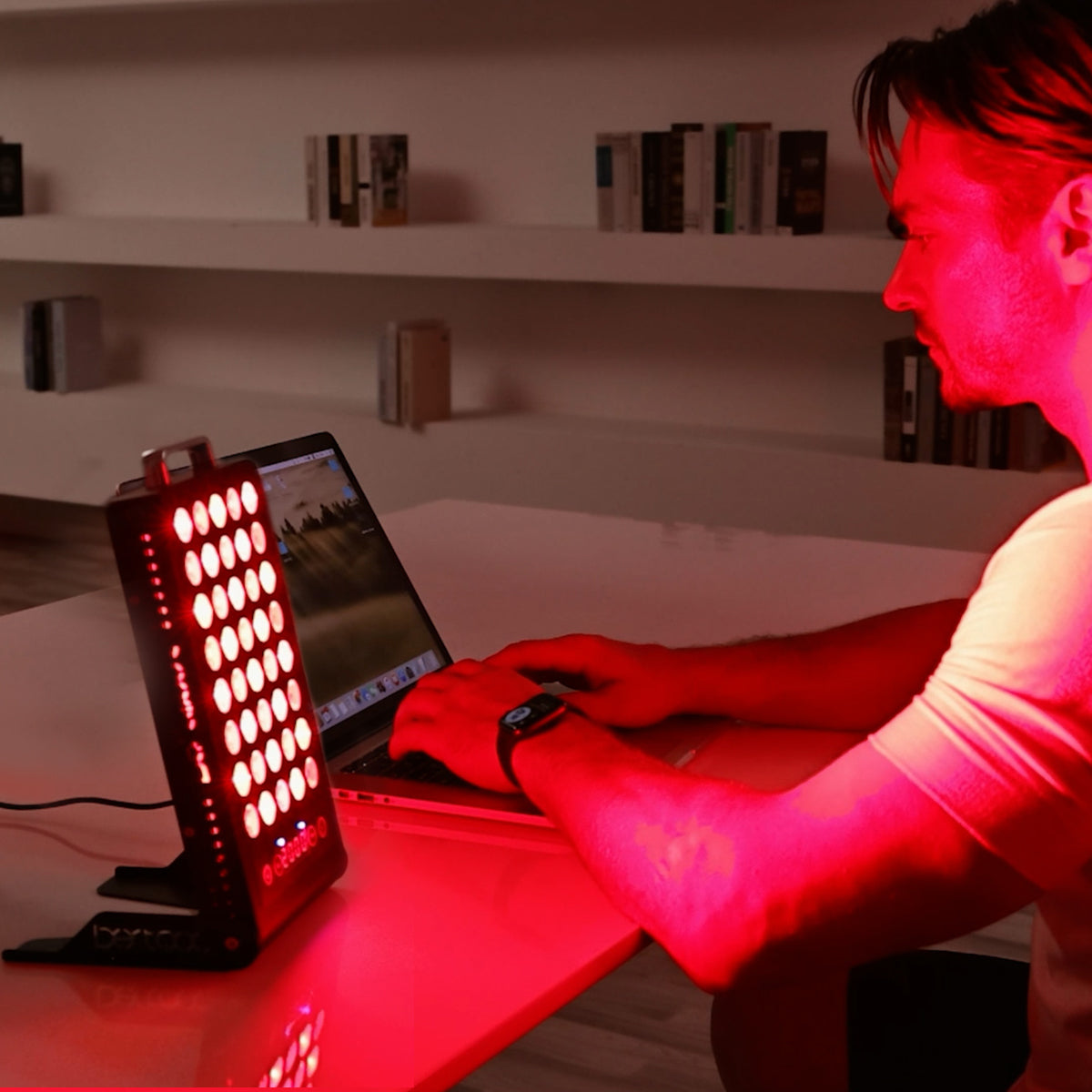Unlock Radiant Skin: The Secrets Behind Choosing the Perfect Red Light Therapy Solution!
Red light therapy has surged in popularity in recent years, particularly among those seeking effective skin treatments. This innovative approach harnesses specific wavelengths of light to rejuvenate the skin, helping to reduce wrinkles, improve skin texture, and promote a healthy glow. Many individuals have turned to this therapy not only for its aesthetic benefits but also for its potential to enhance overall skin health. However, with the growing number of options available, it’s crucial to make informed choices when selecting professional devices or services. Whether you’re considering investing in a home device or seeking treatment at a clinic, understanding the nuances of red light therapy can significantly impact your results.

Understanding Professional Red Light Therapy
Professional red light therapy is a non-invasive treatment that uses low-level wavelengths of red light to stimulate cellular regeneration in the skin. This therapy works by penetrating the skin layers, where it triggers various biological processes, including increased collagen production and enhanced blood circulation. The science behind red light therapy lies in its ability to energize the mitochondria, the powerhouse of the cell, leading to improved cellular function. Studies have shown that wavelengths in the range of 600 to 650 nanometers are particularly effective for skin applications, making it a sought-after solution for those looking to rejuvenate their complexion. As a result, many skincare professionals are incorporating this therapy into their treatment offerings, recognizing its efficacy in addressing a wide array of skin concerns.
Types of Red Light Therapy Devices
When it comes to professional red light therapy, there are several device options available to consumers. Handheld devices are a popular choice for those seeking convenience and portability; they allow users to target specific areas of the skin easily. Full-body panels, on the other hand, are typically found in professional settings and provide comprehensive coverage, making them suitable for larger treatment areas. In-office treatments led by licensed practitioners can also offer more advanced technology and guided expertise, ensuring optimal results. Each type of device comes with its own set of features, from adjustable wavelengths to treatment duration settings, catering to different needs and preferences. Choosing the right device often depends on individual treatment goals and budget considerations.
Factors to Consider When Choosing a Device or Service
When evaluating options for red light therapy, several key factors should guide your decision-making process. First and foremost, consider your treatment goals—are you looking to reduce fine lines, improve skin tone, or address deeper skin issues? Additionally, understanding your skin type is crucial, as different devices may perform better on certain skin sensitivities. Device specifications, such as power output and wavelength range, can greatly influence effectiveness, so it’s important to research these details thoroughly. Safety features are also paramount; look for devices that have been tested for skin compatibility. Consulting with skincare professionals can provide valuable insights tailored to your unique needs, ensuring a well-informed choice.
Evaluating Quality and Effectiveness
Quality and effectiveness are essential considerations when choosing red light therapy devices or services. One way to assess quality is to look for devices that hold certifications or meet industry standards for safety and efficacy. User reviews can provide firsthand accounts of others’ experiences, offering insights into the device's performance and results. Furthermore, clinical evidence supporting the claims made by manufacturers can lend credibility to the product. Engaging with professionals who can provide evidence-based recommendations can also enhance your understanding of which devices or services are most effective for your skin concerns. Taking the time to evaluate these aspects can lead to a more satisfying and beneficial experience.
Choosing the Right Red Light Therapy Solution
In summary, choosing the right red light therapy solution involves a thoughtful evaluation of various options available in the market. Understanding the science behind professional red light therapy, exploring different device types, and considering key factors such as treatment goals and safety will help you make an informed decision. Remember that quality and effectiveness are paramount, so take the time to research and consult with skincare professionals for personalized advice. With the right approach, you can unlock the radiant skin you've always desired, making red light therapy a valuable addition to your skincare routine.
